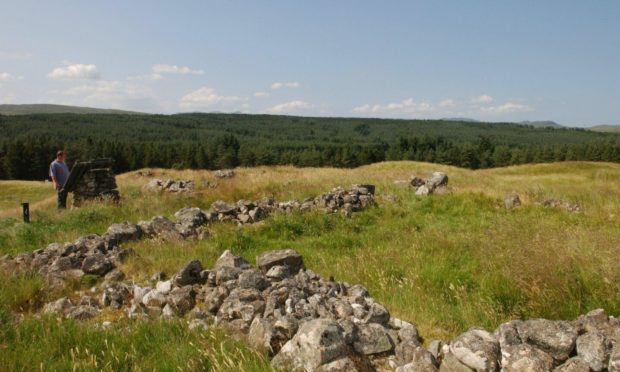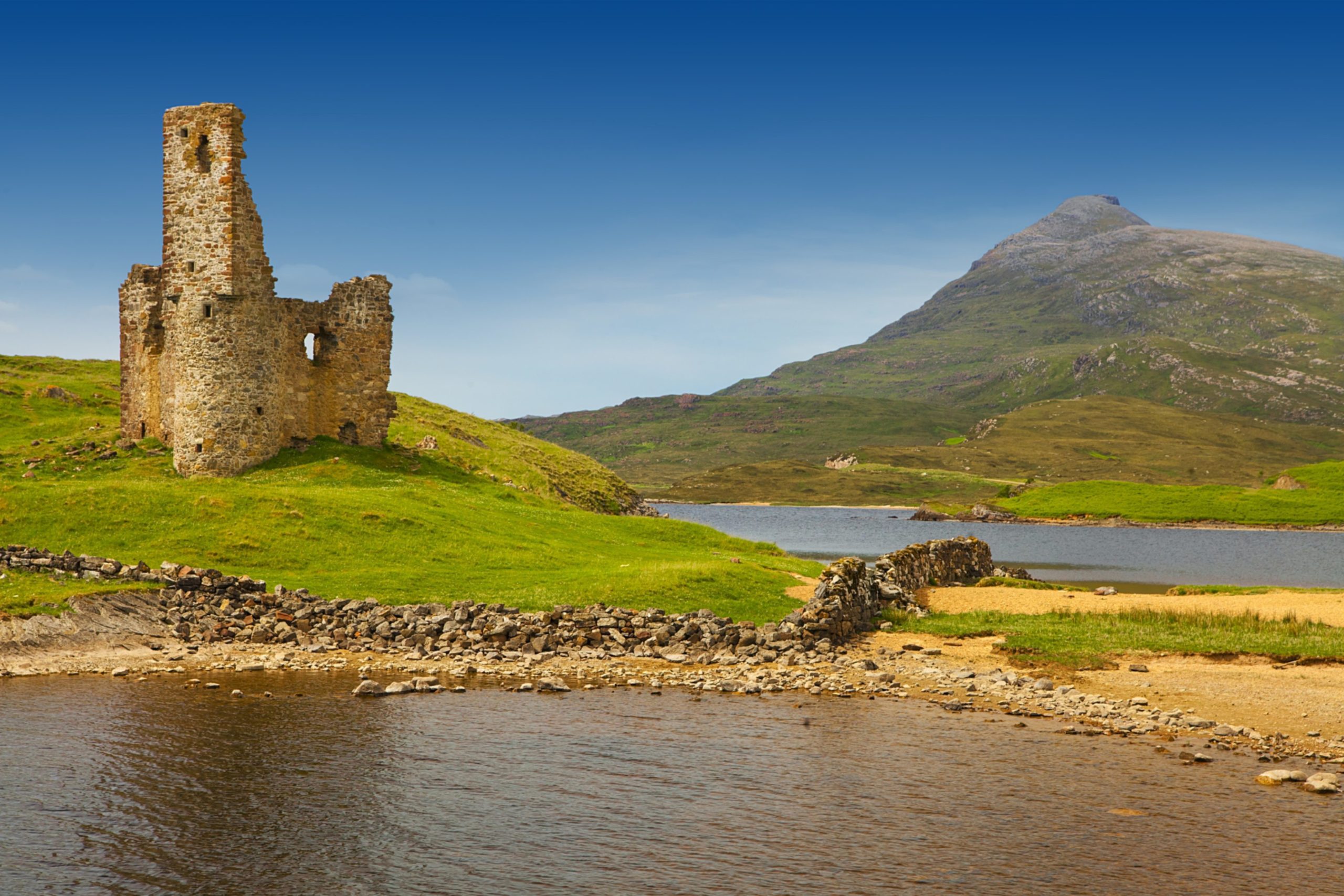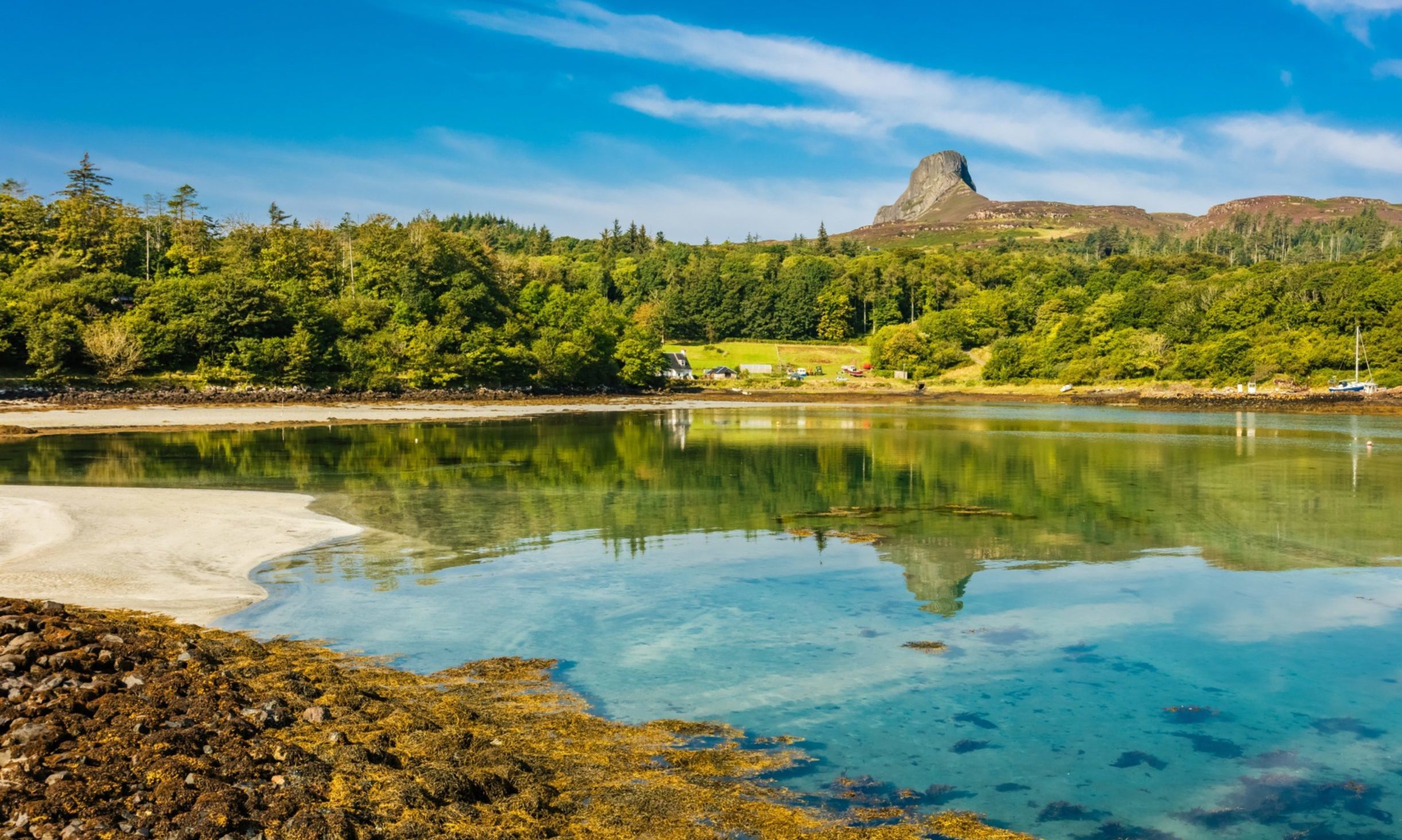Once it was taken for granted in the Highlands and Islands that the region’s landed estates, if put up for sale, would be bought by wealthy individuals.
Though they mightn’t live anywhere near their newly purchased properties, they would be free to do more or less as they liked with the thousands of acres they’d acquired.
That changed in 1992 when a group of Sutherland crofters – the Assynt Crofters Trust (ACT), they called themselves – did something never done before. When the estate on which they lived went on the market, they launched their own collective bid for it.
News of that bid’s eventual success was announced at a hastily convened public meeting by ACT chairman, the late Allan MacRae.
“Well, ladies and gentlemen,” he began, “It seems that we have won the land.”
Then came this comment: “My immediate thoughts are to wish that some of our forebears could be here to share this moment with us.”
Both in Assynt and in other Highlands and Islands communities that have since followed Assynt’s example, the case for putting local residents in control of the land around them has rested on the way that such control opens up developmental opportunities – housing provision, job creation, population growth – that wouldn’t otherwise be available.
But in the background there can be a further thought – one encapsulated in Allan MacRae’s wish that his and other Assynt folk’s ancestors could somehow be made aware of what ACT had accomplished.
The story of Rosal
As victims of the clearances that depopulated much of Sutherland, past generations, as Allan and his audience knew, would have thought it inconceivable that people like ACT’s crofting membership would one day be entirely independent of once all-powerful landlords and their factors.
In a Highlands and Islands context, then, community ownership, because of its capacity to overturn the old order of things across big areas of land, can look little short of revolutionary.
That will be all the more apparent if, as is presently under consideration, people living in the northern part of Sutherland take charge of a place that’s emblematic of the ease with which hundreds of long-established settlements were once swept away.
This place is Rosal. Once it was a thriving settlement in the upper part of Strathnaver, one of three long valleys – the others are Strathbrora and the Strath of Kildonan – reaching deep into Sutherland’s now largely deserted interior.
When the Sutherland Estate’s proprietors decreed in 1813 that Rosal and neighbouring townships should be turned into one big farm, Rosal families were doing well enough to organise their own bid for its tenancy.
The evictions Patrick Sellar masterminded in and around Rosal were accompanied by cruelties so glaring that he was charged with culpable homicide
Perhaps predictably, this bid – a pointer, in its way, to what would one day be achieved in Assynt – wasn’t accepted. Instead the farm went to estate factor Patrick Sellar.
The evictions Sellar then masterminded in and around Rosal were to achieve an enduring notoriety because they were accompanied by cruelties so glaring as to result in the factor being charged with culpable homicide.
Sellar, in the event, was found not guilty. Following futher and still more extensive clearances, he’d become sole tenant of almost all of Strathnaver, the strath’s former occupants having been moved to diminutive crofts on Sutherland’s north coast.
According to Sellar, this enforced displacement of people he called “aborigines” had been “humanely ordered” by his employers, the Duke and Duchess of Sutherland.
“It surely was a most benevolent action,” the factor explained, “to put these barbarous hordes into a position where they could better advance in civilisation.”
Highlands and Islands residents may finally get a say
Rosal remains uninhabited. But the north coast successors of Patrick Sellar’s “barbarous hordes” are now being consulted about the possibility of bringing both Rosal and its surroundings into community ownership.
Central to this consultation is an online survey put together by the North Sutherland Community Forestry Trust, community councillors and others. “We want local people to be at the heart of how Rosal is managed and developed,” say the survey’s compilers.
Community ownership, it’s made clear, wouldn’t result in interference with Rosal’s extensive ruins, seen as something of a memorial to past sufferings. But consideration might be given at some stage to enabling people to set up home somewhere in Rosal’s vicinity.
How people respond to this latest community ownership initiative will be seen when survey findings are released next month. But nothing is more indicative of how the Highlands and Islands have moved on since the time of Patrick Sellar than the fact that Rosal’s future is currently being determined by people of a sort Sellar thought he’d excluded forever from Strathnaver.
Jim Hunter is a historian, award-winning author and Emeritus Professor of History at the University of the Highlands and Islands



